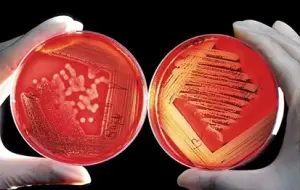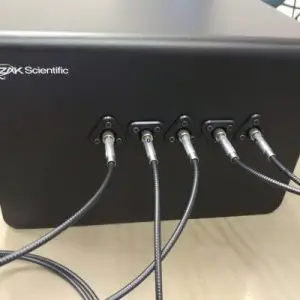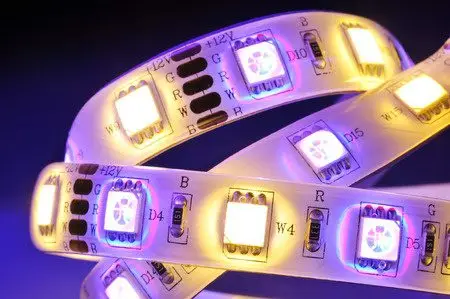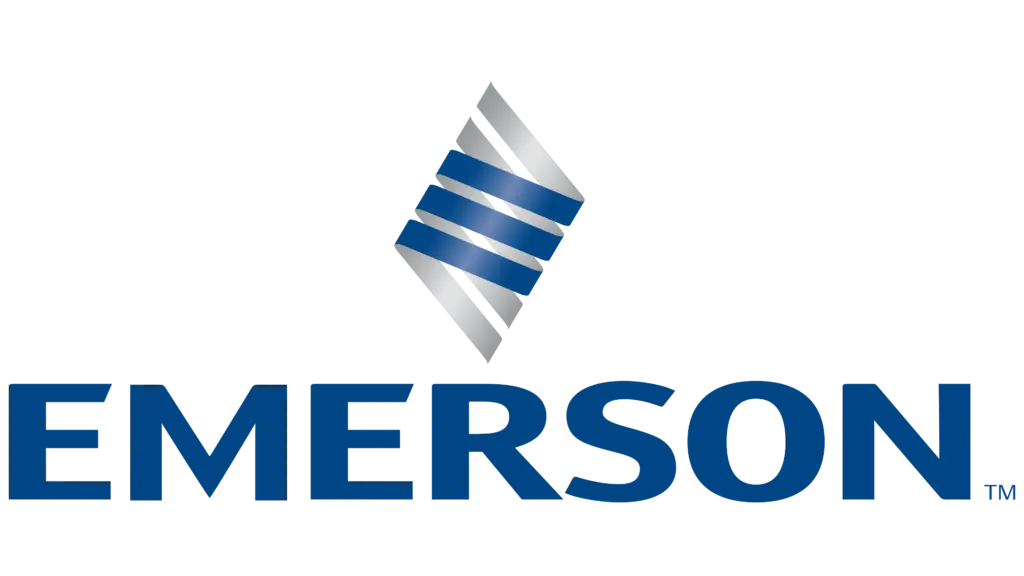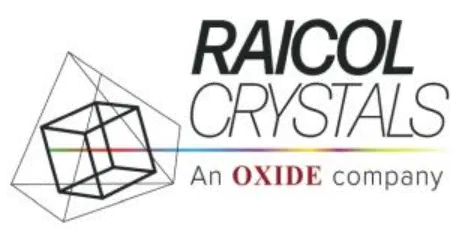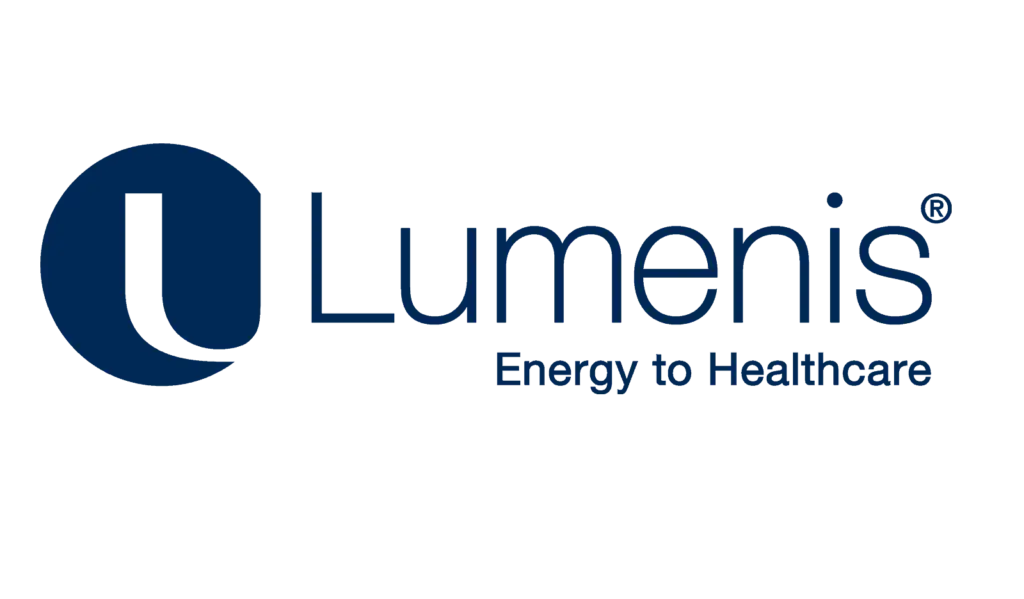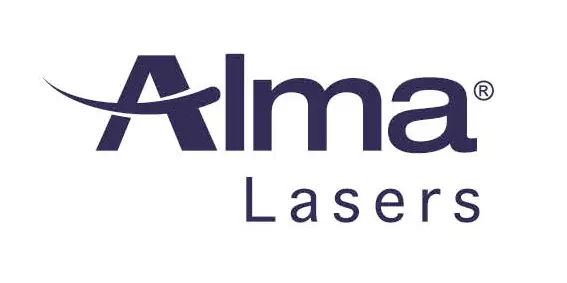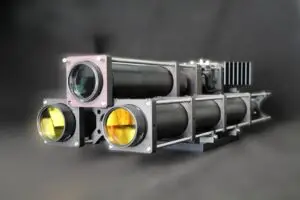Ultraviolet (UV) is a portion of the electromagnetic spectrum. The radiation within this wavelength range is produced naturally by the sun and includes UV-A: 315 nm – 400 nm; UV-B: 280 nm – 315 nm; UV-C: 100 nm – 280 nm.
UV devices are man-made sources of solar power. Some of these devices are based on a wavelength, some include a narrow spectrum, while advanced UVC units such as pulsed xenon UV light include UVA, UVB, and UVC spectrum. UVC- also known as germicidal light has the most antimicrobial action, and it works by causing direct damage to the DNA/RNA of the microbe.
How Does UVC Light Kill Microbes? Mechanism of Action
Ultraviolet radiation is made up of photons of energy. The energy of a single UV photon depends on its wavelength and is increasing from long wavelengths to shorter wavelengths. Since one photon interacts with one molecule, researchers suggest that one photon can damage one DNA molecule.
The effects of UVC light depend on the specific microbe that is tested. In some cases, the light causes thymine bases in the DNA to bond and therefore creates a dimmer. If enough dimmers are formed, they simply can not multiply. In other cases, the UV-C light splits the bonds that maintain the DNA intact, creating free radicals, which inactivate the organism.
Which Microbes Can Be Killed/Inactivated By UVC Light?
Generally speaking, viruses are more susceptible to UVC light than bacteria, while fungi and spores are the least sensitive. When it comes to virus inactivation on surfaces, research suggests that viruses with single-stranded nucleic acid- such as the novel Sars-Cov-2, are more susceptible to UV inactivation than viruses with double-stranded nucleic acid-like rotavirus, for example.
Based on research done for the last 40 years, none of the hundreds of microbes that have been tested have been resistant to UV light disinfection (UVC technology). The peak of germicidal effectiveness is in the UV-C near 265 nm and the efficacy becomes progressively lower towards the UVB, UVA spectrum.
Here is a short list of the microbes that are sensitive to UV light disinfection:
- Bacteria: Bacillus anthracis(responsible for anthrax), Pseudomonas aeruginosa and various Staphilococi (including MRSA)- which cause serious infections in hospitalized patients, Bacillus subtilis (can cause life-threatening infections in those with a weak immune system), Corynebacterium diphtheriae (causes diphtheria), Mycobacterium tuberculosis (cause tuberculosis), Neisseria catarrhalis (causes ear infections in infants/young children), Salmonella enteritidis, Shigella and E.Coli (all three species causing numerous infections affecting the digestive tract).
- Among viruses, it’s worth noting that hepatitis, polio, rotaviruses, influenza, and coronaviruses such as Sars-Cov-1, MERS, and the novel coronavirus Sars-Cov-2 are inactivated by UVC light. [1], [2], [3]
- Fungi, parasites protozoa tested include Cryptococcus neoformans, Giardia, various Aspergillus, Fusarium, and Penicillium species.
Conclusions
Beyond COVID-19, many infections can be prevented by using UV light disinfection – whether in hospitals, offices, commercial buildings, schools, and daycares or the hospitality industry. It is also a great choice for farm and plant growers, where chemical disinfectants have limited effectiveness. Whether you are looking for air, surface, and water disinfection, IZAK Scientific can provide you effective UVC devices. All PXL products come with full training, protective equipment when necessary- because safety is equally important. Avoid eye or skin exposure to UVC light.
1.https://www.ncbi.nlm.nih.gov/pmc/articles/PMC241729/?page=4
2.https://www.ncbi.nlm.nih.gov/pmc/articles/PMC7307329/
3. http://files.cie.co.at/cie155-2003%20(free%20copy%20March%202020).pdf
Tzachi Sabati
CEO, IZAK Scientific
Physicist specializing in photonics and quantum technologies, with deep expertise in quantum sensors and advanced optical systems. Leads the Advanced Quantum Lab course at the Technion, bridging academic excellence with industry innovation. At IZAK Scientific, provides cutting-edge photonics-based solutions, developing customized inspection and sensing systems for R&D and production. Passionate about advancing quantum sensing applications and integrating novel technologies to meet industry needs.

